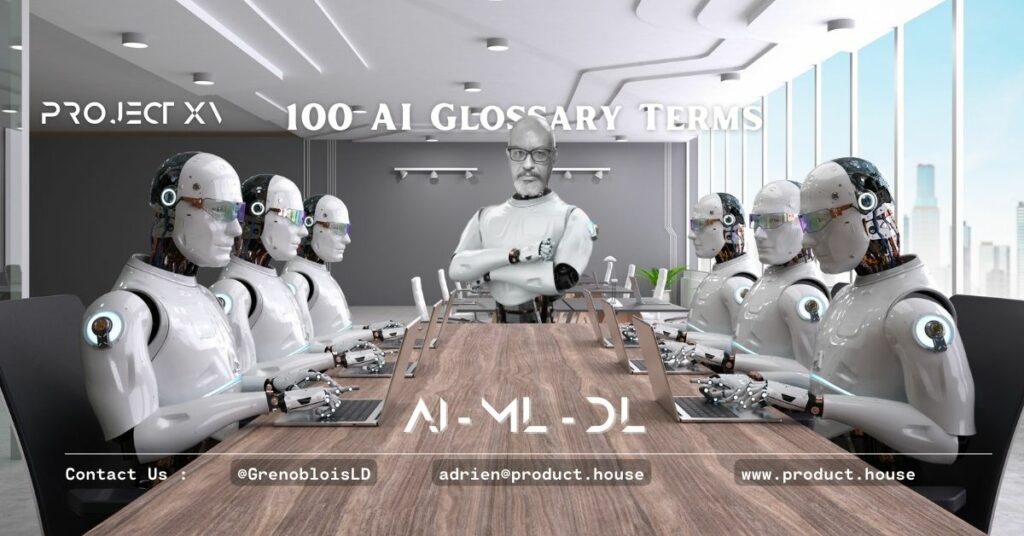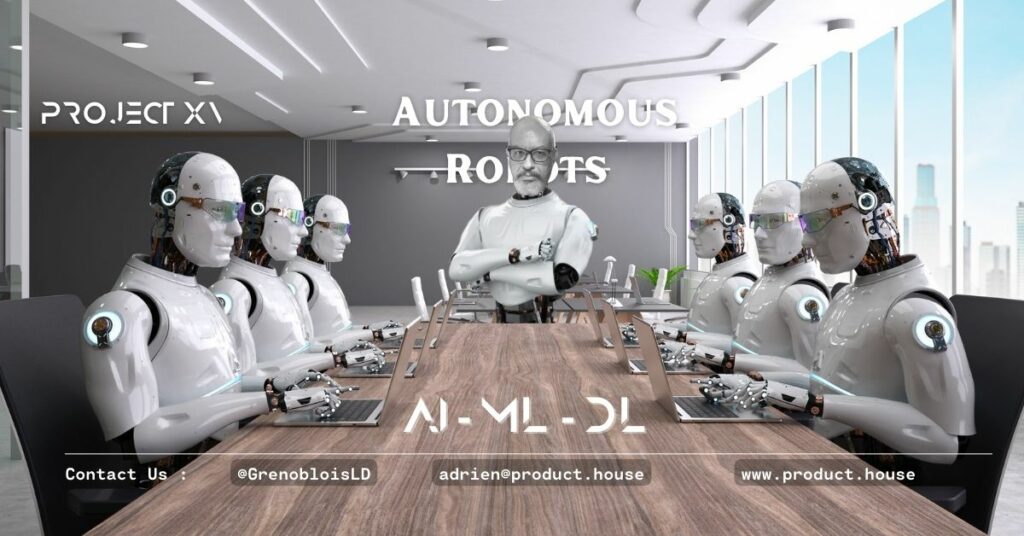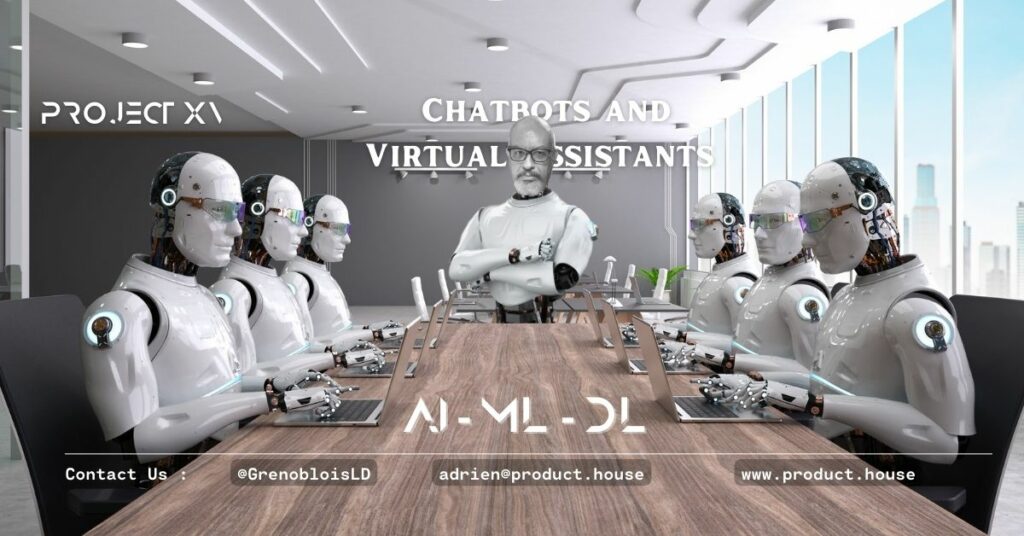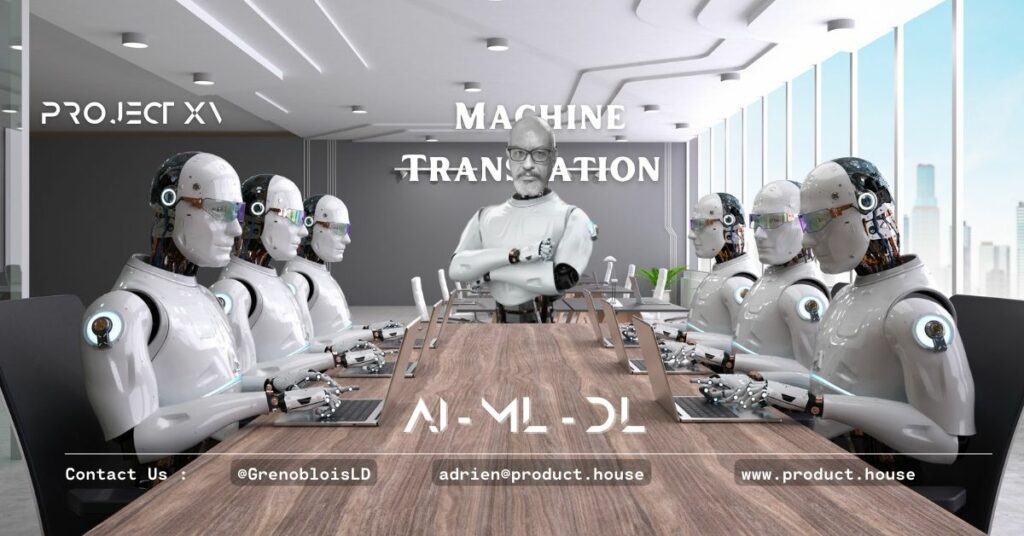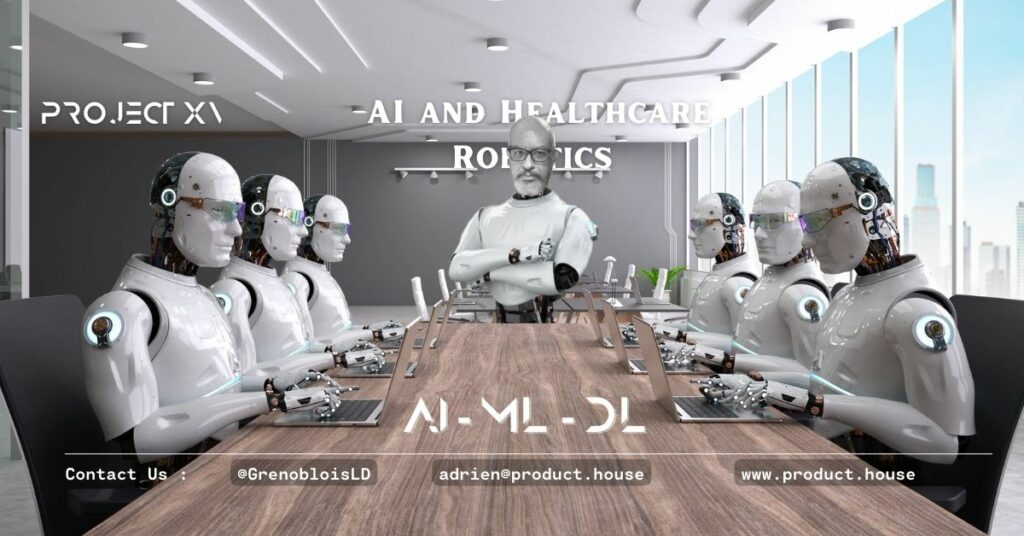The History of AI: From Turing to Deep Learning
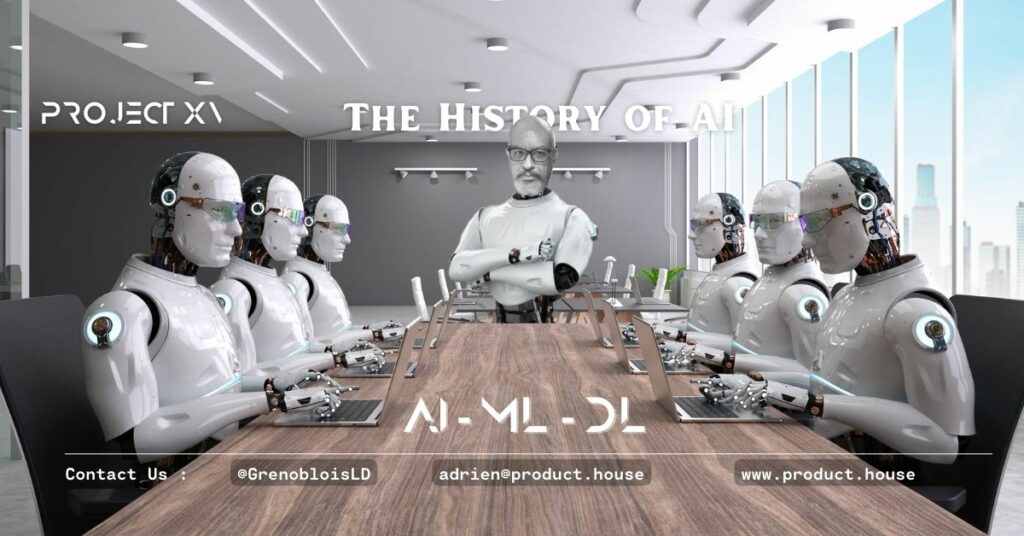
Artificial Intelligence (AI) has been around for almost a century, evolving from theoretical concepts to practical applications that are changing the world. AI has transformed the way we live, work, and interact with technology. Today, we see AI everywhere from voice assistants to self-driving cars. In this article, we will take a journey through the history of AI, from its humble beginnings to the cutting-edge technology of deep learning.
What is AI?
Artificial intelligence is a field of computer science that focuses on creating machines that can perform tasks that typically require human intelligence, such as understanding natural language, recognizing objects, making decisions, and learning. AI is an interdisciplinary field that combines computer science, engineering, mathematics, and psychology.
The Origins of AI
The origins of AI can be traced back to the 1950s, when computer scientists first began exploring the possibility of creating machines that could think and reason like humans. In 1950, Alan Turing proposed the “Turing Test” as a way to determine whether a machine could demonstrate intelligent behavior that was indistinguishable from that of a human.
The Early Days of AI
During the 1950s and 1960s, researchers began developing the first AI programs. One of the first AI programs was the Logic Theorist, developed by Allen Newell and J.C. Shaw in 1956. The Logic Theorist was able to prove mathematical theorems by using a set of axioms and inference rules.
Expert Systems
In the 1970s, expert systems emerged as a popular approach to AI. Expert systems were designed to solve problems in specific domains, such as medicine, finance, and engineering. Expert systems were rule-based and relied on a knowledge base and an inference engine to make decisions.
Neural Networks
Neural networks are a type of AI that is modeled after the structure and function of the human brain. Neural networks consist of interconnected nodes or “neurons” that are capable of processing information and making decisions. The first neural network was created by Frank Rosenblatt in 1958.
Machine Learning
Machine learning is a subfield of AI that focuses on creating algorithms that can learn from and make predictions on data. Machine learning is a critical component of many AI applications, including image recognition, speech recognition, and natural language processing.
Deep Learning
Deep learning is a type of machine learning that is capable of learning and making decisions without explicit instructions. Deep learning is modeled after the structure and function of the human brain, and it uses neural networks with multiple layers to process and analyze data. Deep learning has revolutionized AI by enabling machines to achieve levels of accuracy and precision that were previously thought to be impossible.
AI Today
Today, AI is everywhere, from voice assistants like Siri and Alexa to self-driving cars and robots that can perform complex tasks. AI is also being used in fields like healthcare, finance, and education to improve outcomes and streamline processes.
The Future of AI
The future of AI is exciting and full of possibilities. AI is expected to continue to evolve and transform, enabling new applications and improving existing ones. One area where AI is expected to have a significant impact is healthcare, where it can be used to improve diagnoses and treatments. AI is also expected to revolutionize manufacturing, transportation, and logistics by enabling more efficient and cost-effective processes.
Conclusion
In conclusion, the history of AI is a journey that spans nearly a century, from theoretical concepts to practical applications that are changing the world. Today, AI is everywhere, and it continues to evolve and improve at an unprecedented rate. From Turing’s theoretical framework to the cutting-edge technology of deep learning, AI has come a long way and has a promising future.
Books:
- “Artificial Intelligence: A Modern Approach” by Stuart Russell and Peter Norvig
- “Superintelligence: Paths, Dangers, Strategies” by Nick Bostrom
- “The Master Algorithm: How the Quest for the Ultimate Learning Machine Will Remake Our World” by Pedro Domingos
- “Machines of Loving Grace: The Quest for Common Ground Between Humans and Robots” by John Markoff
- “Human Compatible: Artificial Intelligence and the Problem of Control” by Stuart Russell
References:
- The IEEE Global Initiative on Ethics of Autonomous and Intelligent Systems
- The Partnership on AI
- The Future of Life Institute
- The AI Now Institute
- The Ethics and Governance of AI Initiative
Courses:
- “Introduction to Artificial Intelligence” by Sebastian Thrun and Peter Norvig on Udacity
- “Machine Learning” by Andrew Ng on Coursera
- “Deep Learning” by Yoshua Bengio on Coursera
- “Applied AI” by IBM on Coursera
- “Artificial Intelligence for Everyone” by Andrew Ng on Coursera
Key Authority Figures:
- Alan Turing
- John McCarthy
- Marvin Minsky
- Ray Kurzweil
- Demis Hassabis
These are just a few examples, as the history of AI involves many researchers, thinkers, and institutions.
FAQs
- What is the difference between AI and machine learning?
AI is a broader field that encompasses machine learning. AI refers to machines that can perform tasks that require human intelligence, while machine learning is a subfield of AI that focuses on creating algorithms that can learn from and make predictions on data.
- What is deep learning?
Deep learning is a type of machine learning that is capable of learning and making decisions without explicit instructions. Deep learning is modeled after the structure and function of the human brain, and it uses neural networks with multiple layers to process and analyze data.
- What are the practical applications of AI?
AI has a wide range of practical applications, including image and speech recognition, natural language processing, self-driving cars, robotics, and expert systems. AI is also being used in fields like healthcare, finance, and education to improve outcomes and streamline processes.
- What is the Turing test?
The Turing test is a measure of a machine’s ability to exhibit intelligent behavior that is indistinguishable from that of a human. The test involves a human evaluator who must determine whether a machine can engage in a natural language conversation that is indistinguishable from that of a human.
- What is the future of AI?
The future of AI is full of possibilities, with new applications and improvements to existing ones. AI is expected to have a significant impact on healthcare, manufacturing, transportation, and logistics, enabling more efficient and cost-effective processes.


